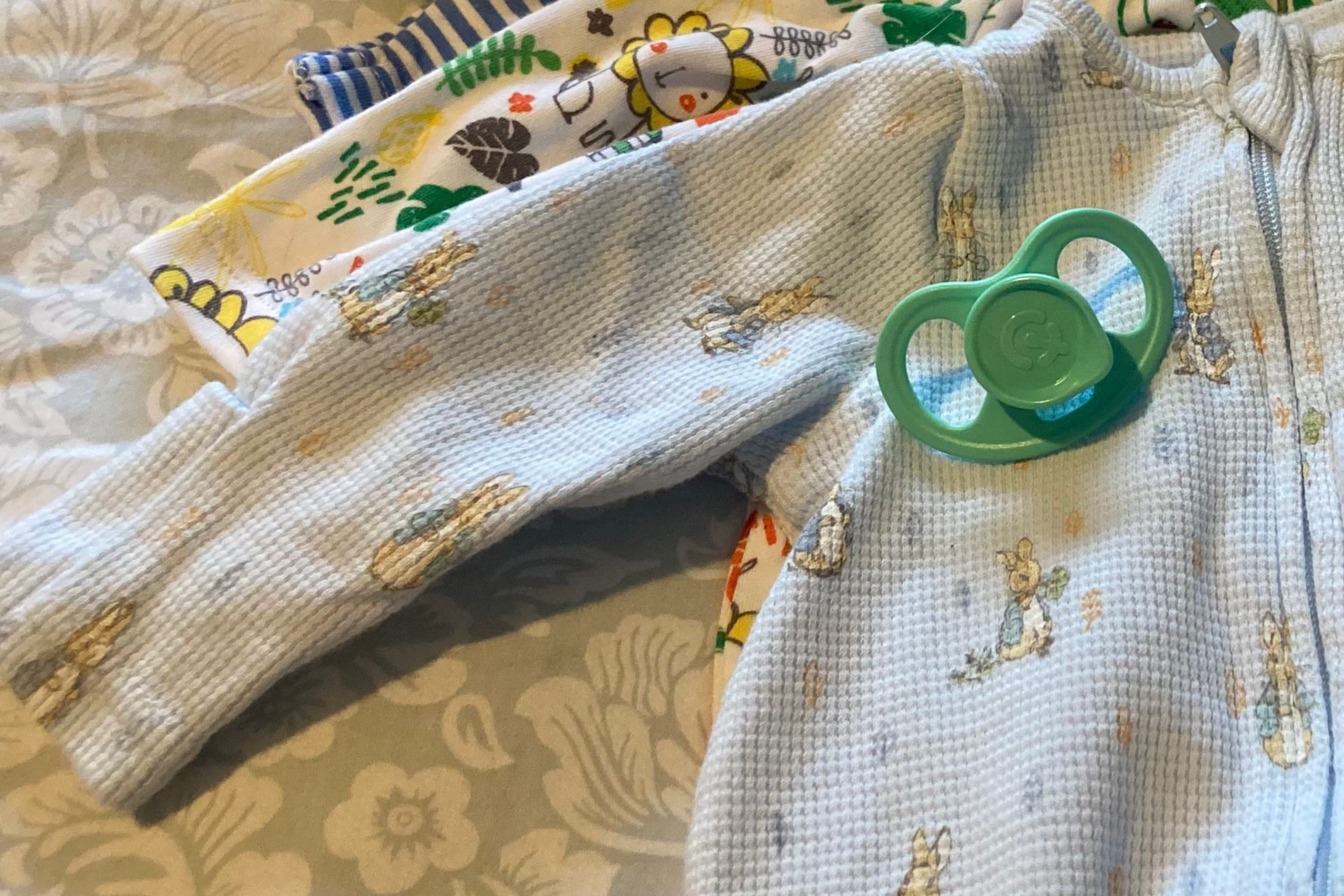Why it’s OK for your baby to suck a soother
Sucking is one of a baby’s very first reflexes. It begins in the womb and plays a vital role in both feeding and comfort.
While it’s essential for receiving nutrition through breast or bottle feeding, sucking also has powerful calming and regulatory effects on your baby’s body and brain.
More Than Just Feeding
Sucking helps regulate the central nervous system.
It can lower levels of cortisol (the stress hormone), reduce heart rate, and help stabilize blood pressure — all of which support a baby’s overall sense of calm and well-being.
Some babies have a stronger need to suck than others, even after they’ve finished feeding. This is completely normal. When that extra need arises, a soother like the Qudo™ can offer gentle, non-nutritive comfort — without placing unnecessary pressure on the breast.
Nutritive vs. Non-Nutritive Sucking
- Nutritive sucking (NS): Sucking for nutrition, such as during breastfeeding or bottle-feeding.
- Non-nutritive sucking (NNS): Sucking without feeding — for example, on a soother, a clean finger, or an empty breast.
Non-nutritive sucking supports babies of all ages. In fact, studies show that babies begin practicing this reflex as early as 11 weeks into pregnancy.
Soothers and Digestion
Using a soother (or a clean, upside-down finger) between feeds can aid digestion. When babies suck, they naturally swallow more saliva — which contains important digestive enzymes that help break down milk.
Research also suggests that sucking can benefit babies with reflux. It stimulates the production of saliva and helps trigger the downward contractions of the oesophagus, moving acid back into the stomach where it belongs. This can result in fewer and shorter episodes of gastroesophageal reflux.
Protecting Breastfeeding and Comfort
If your baby wants to continue sucking after a feed, they may turn to the breast — even when no milk is available. While this can be comforting for them, it may lead to nipple soreness and discomfort for you. Offering a soother or finger can help redirect that need in a gentle and effective way, especially for “sucky” babies.
Non-nutritive sucking also supports the coordination of suck-swallow-breathe, an important developmental milestone. It helps promote better neurobehavioural organisation and maturation in newborns and preemies.
When to Introduce a Soother
- Bottle-fed babies: A soother can be introduced from birth.
- Breastfed babies: It’s best to wait until breastfeeding is established before offering a soother, to avoid any confusion or latch issues.
Soothers and SIDS
Research indicates that sucking a soother during sleep may lower the risk of Sudden Infant Death Syndrome (SIDS). While the exact reason remains unknown, there is strong evidence supporting its protective effect. As The Lullaby Trust explains:
“We do not know exactly what it is about a dummy that may help reduce the chance of a baby dying of SIDS… we only know that there is good evidence to show what you can do to reduce the chance of SIDS.”You can read more at The Lullaby Trust website.
Why Qudo™?
The Qudo Soother was developed to offer a natural, medically backed solution for babies who need extra comfort. It’s designed to:
- Reduce persistent crying
- Soothe feeding upset
- Support healthy suck-swallow-breathe reflex development.
Whether your baby needs extra comfort between feeds or help settling to sleep, Qudo provides a gentle and effective alternative.
See other blogs on our website for more on how Qudo™ can support your baby’s feeding and comfort journey.

